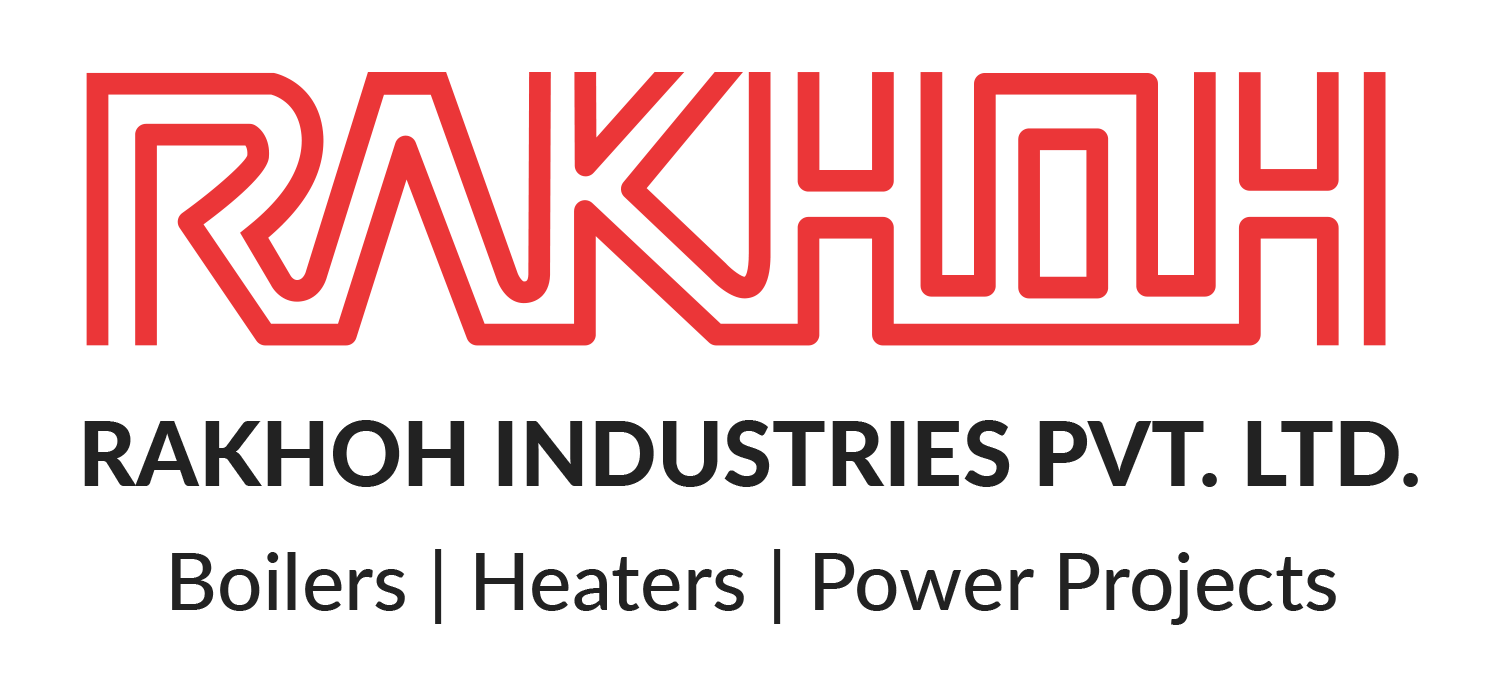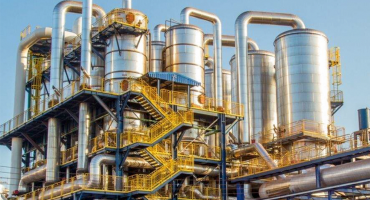
Heat is an integral part of steam boilers for the process operations in manufacturing units. Steam is ideal for heating, drying, and sterilizing purposes. Steam boilers require heat from the combustion process to heat the water and generate steam. However, due to various causes, plant managers observe heat loss in the steam boiler system. Heat loss in boilers results in further loss of fuel and productivity. Although it is essential to prevent heat loss in its initial stage, it is challenging to detect its exact cause. Steam boilers do not operate with 100% efficiency, but their actual efficiency ranges between 75% and 80%, while the remaining 20% to 25% is considered a loss. The losses reduce the performance of the steam boiler and increase the operating costs.
Causes of Heat Loss in Steam Boilers:
Heat loss is caused by various factors. Two of the major causes of heat loss in boiler systems are stack losses and radiation and convention losses.
Stack Losses:
Stock loss refers to the heat in the flue gas lost to the atmosphere on entering the stack. Stack loss in steam boilers depends on the fuel composition, flue gas temperature, and firing temperature. Flue gas loss is further classified into two types:
Dry Flue Gas Loss is the sensible heat energy loss in flue gas due to the flue gas temperature.
Flue Gas Loss Due to Moisture is the latent energy in the steam of the flue gas stream due to the water produced by the combustion reaction being vaporized from the high temperature of flue gas.
The losses are determined by inferring fuel analyses and other assumptions that help in calculations.
Radiation and Convention Losses:
Radiation and convention loss are the heat lost to the surroundings from the warm surfaces of the steam boiler or high-temperature water generator. Radiation and convention loss depend on the equipment size and the actual output based on the maximum design output.
Some of the other factors that account for the heat loss in steam boilers are as follows,
- Loss due to presence of hydrogen in fuel
- Loss due to moisture in the fuel
- Loss due to moisture in the air
- Loss because of carbon monoxide
- Unburned losses in fly ash
- Unburned losses in bottom ash
- Losses by blowdown, leakage, etc.
Prevention for Heat Loss in Steam Boilers:
Radiation and Convention Loss:
The outer surface of the shell boiler is hotter than its surrounding. Depending on the surface area and the temperature difference between the surface and the surrounding, the surface loses heat to the surrounding. Repairing or insulation can reduce heat loss by walls and piping of steam boilers.
Stack Temperature:
It is essential to keep stack temperature at a minimum but not too low so that water vapor in the exhaust condenses on the stack walls. It is vital for fuels containing sulfur due to low temperature leading to sulfur dew point corrosion. Stack temperature exceeding 200°C requires early shutdown for water or flue side cleaning.
Incomplete Combustion:
Incomplete combustion is caused due to shortage of air, excess fuel, or improper distribution of fuel. Incomplete combustion is indicated by color or smoke and should be examined promptly. With coal as fuel, unburned carbon causes great loss as carbon in the ash can account for more than 2% of the heat supplied to the boiler system. Non-uniformity of fuel size is one of the causes of incomplete combustion. Chain grate stokers face difficulty in combustion as large lumps of coal do not burn completely and finer pieces block the air passage, resulting in poor air distribution. It is necessary to ensure fuel composition and uniform distribution for proper combustion.
Excess Air Control:
Excess air is required for complete combustion. Optimal excess air levels take place with minimal loss by incomplete combustion and loss by heat in flue gases. Excess air control varies with furnace design type.
Combustion Air Preheater:
Combustion air preheating is an ideal alternative for feed water heating. Increasing air temperature by 20°C can raise the thermal efficiency by 1%
Feedwater preheating by Economizer:
Usually, the flue gases leaving the steam boilers are of 200°C to 300°C in temperature. The heat from the gases is recovered by using an economizer and utilized for other process operations.
Blowdown control:
Uncontrolled blowdown leads to tremendous heat loss. Therefore, automatic blowdown control is essential to prevent heat loss in steam boilers.
Reduction of scaling and soot losses:
In steam boilers, scale and soot formation on tubes acts as an insulator and hinders the heat transfer. It is important to remove the deposits regularly.
Conclusion:
Heat Loss is one of the significant issues of steam boilers that need to be addressed immediately to prevent excessive production costs.
Rakhoh Boilers provides efficient industrial steam boilers and the best thermal solutions since their inception in 1983 as boiler manufacturers in Pune. We have successfully installed 3000+ boilers in over 26 countries worldwide for 20 process industries.
For more details on our products and services, visit www.rakhoh.com









